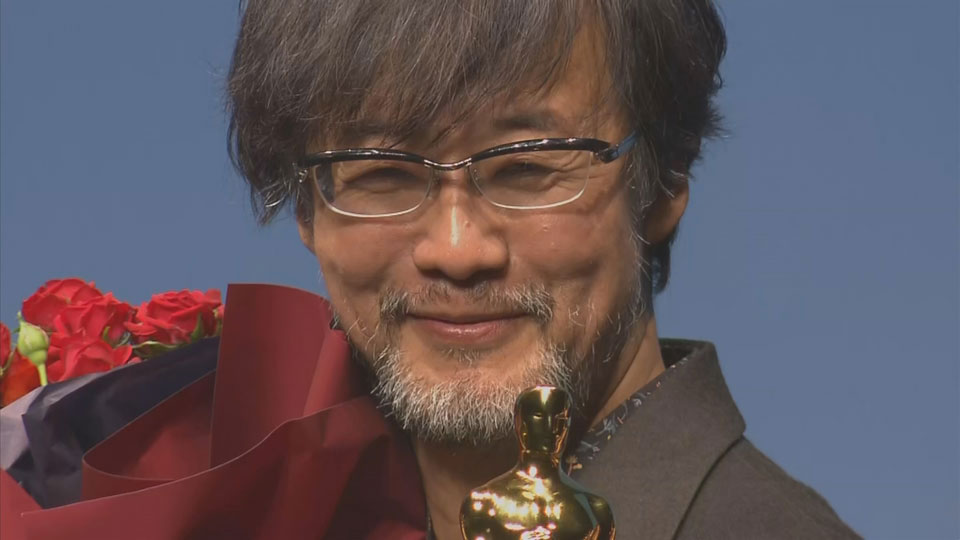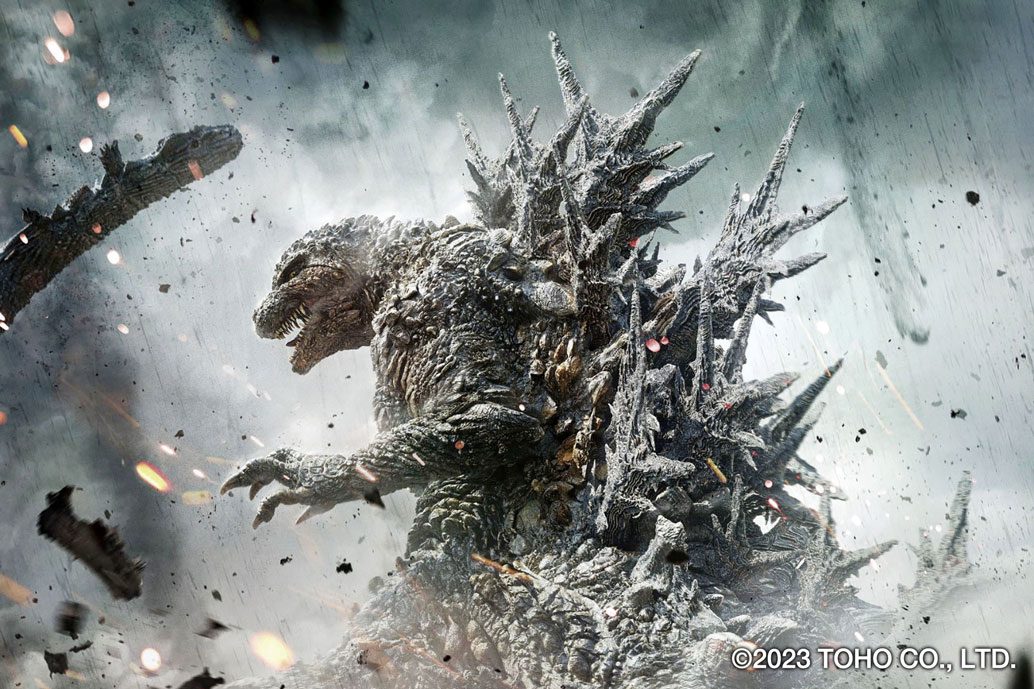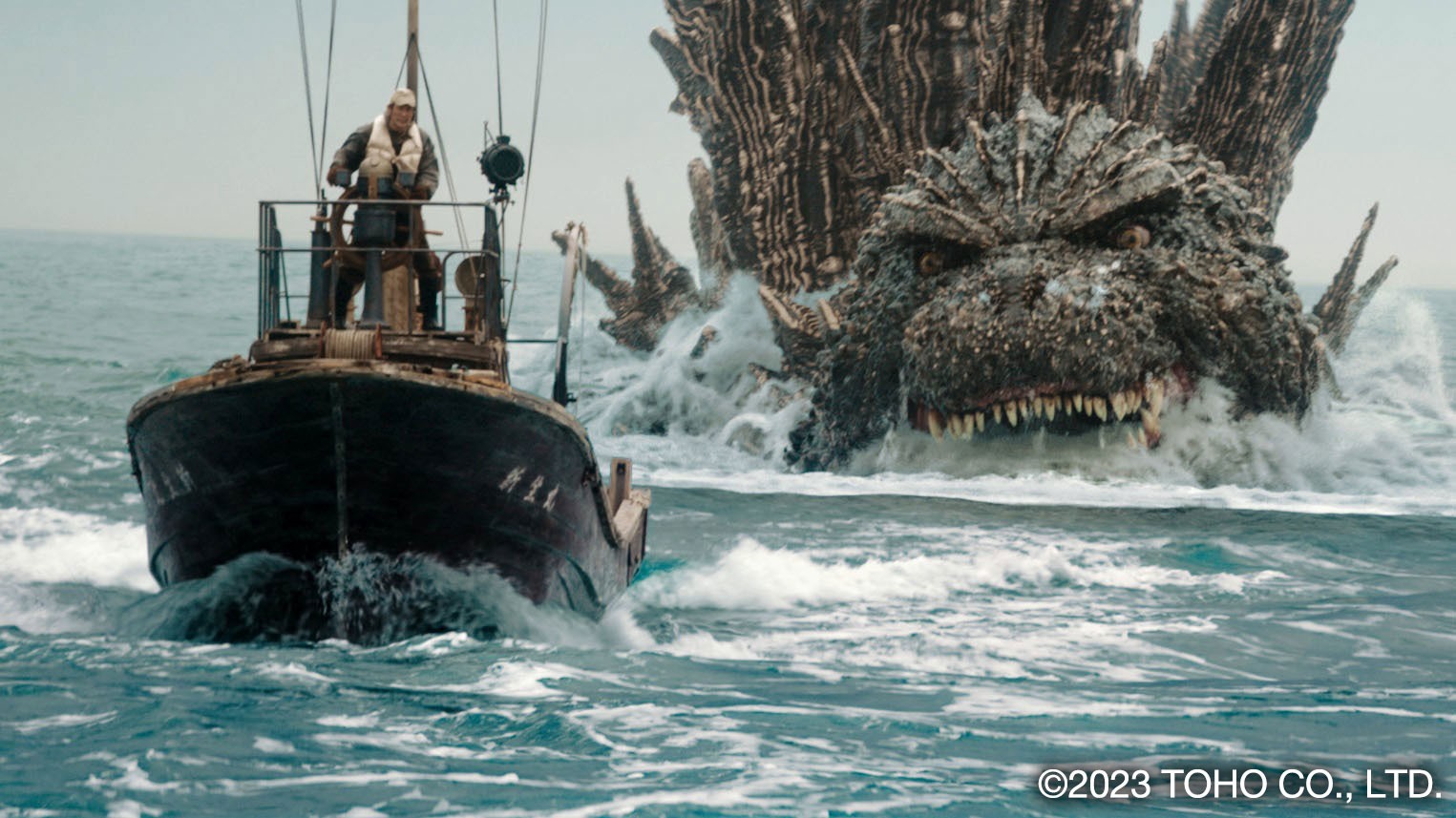"The Oscar statue was far heavier than I expected," said director Yamazaki Takashi, who wrote the script and was in charge of visual effects.
"I always thought the Oscar for Best Visual Effects was extremely sacred ground," he added. "But that ground has now been liberated. I felt a sense of generosity and openness."

"The Oscar is the best of the best among elaborate and budgeted films, so we used to have no right to even try. But I believe evaluators acknowledged that we made the film with a small team on a limited budget, and the fact that the visual effects contributed to the story."
Yamazaki also said he thinks his Oscar win could encourage filmmakers in Japan to create works that cater to both domestic and international audiences.
Japan's monster
"Godzilla Minus One" is the 30th Japan-made film that features the legendary King of Monsters. The first installment was released in 1954 and drew nearly 10 million people to theaters.
The Godzilla story is partly based on a March 1954 incident—just before the first movie was made—in which a Japanese fishing boat in the Pacific Ocean was exposed to radiation from a US hydrogen bomb test. News of the event raised concerns about the safety of nuclear energy in Japan.
The most recent film marks a return to the series' postwar origins. It depicts Godzilla raining fiery destruction on a Tokyo still in the early stages of reconstruction. The action sequences were largely created using computer-generated visual effects.
Yamazaki has said he wanted to make his Godzilla a symbol representing the threat of nuclear weapons and war, and hoped the monster would awaken a sense of fear in the audience.
The film has been a big success in Japan, earning more than 6 billion yen, or about 40 million dollars. But it was also a sleeper hit in the US, where it became the highest grossing live-action Japanese production in box office history.

Godzilla and 'Oppenheimer'
"Godzilla Minus One" wasn't the only work honored at the Oscars that grapples with the horror of nuclear warfare. Sunday's ceremony was dominated by 'Oppenheimer,' a biographical film about the career of the physicist J. Robert Oppenheimer, who led the US atomic bomb program during World War Two.
But Yamazaki waved off speculation that the thematic overlap was intentional.
"We did not intend anything while making the film, but when we finished it, the world was in a state of tension, which I find almost fated,” Yamazaki said in Los Angeles. "Godzilla is a symbol of war and nuclear weapons, and the story is about putting it to rest. I believe that's what the world wants to happen right now, and I think those feelings have partly contributed to the success of the film."
"But I think, as a Japanese person, we have to make a film to answer 'Oppenheimer' one day."
